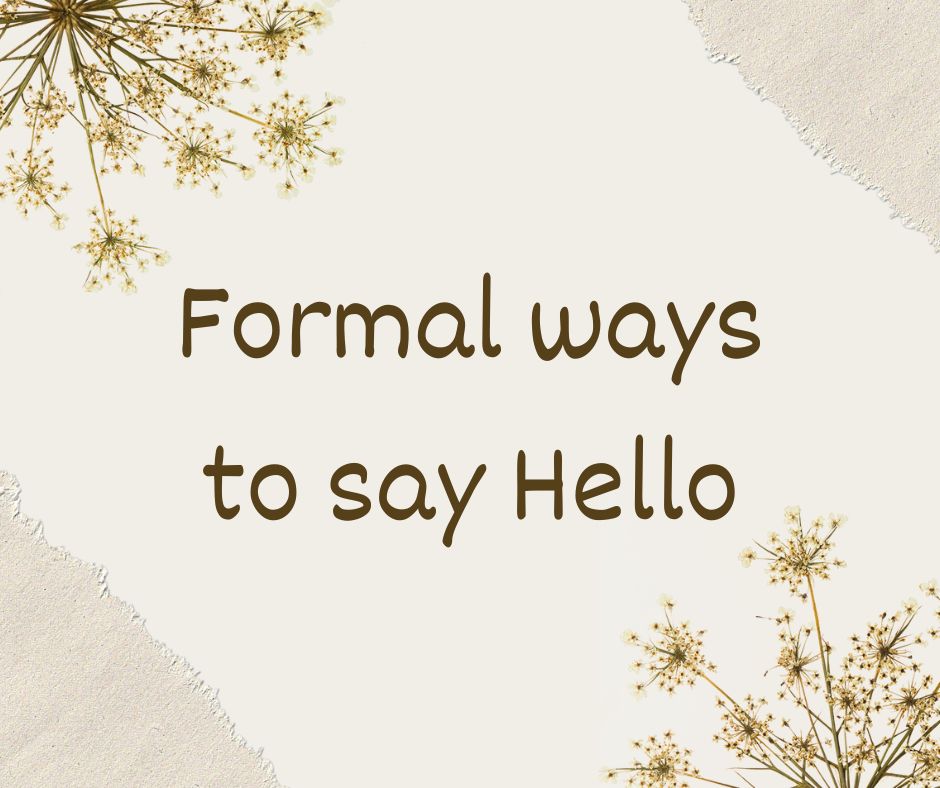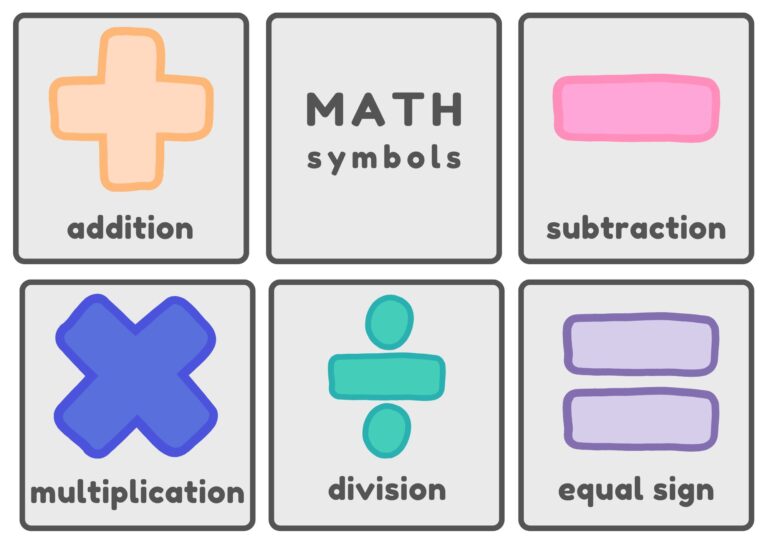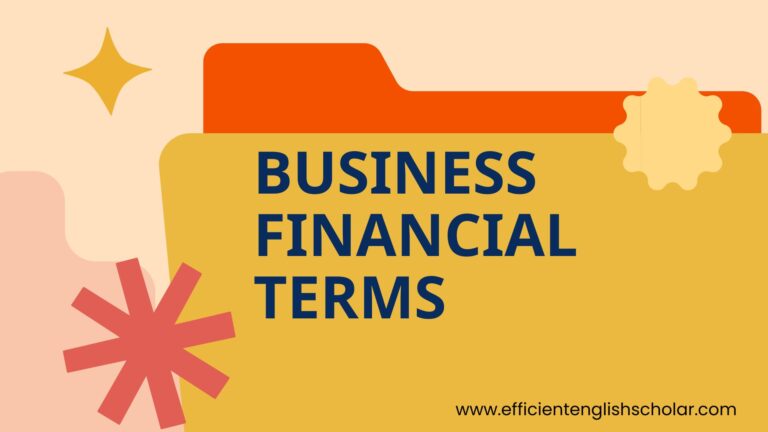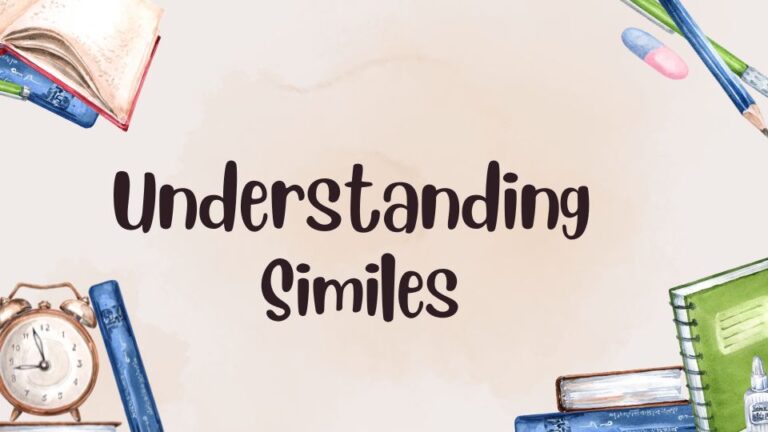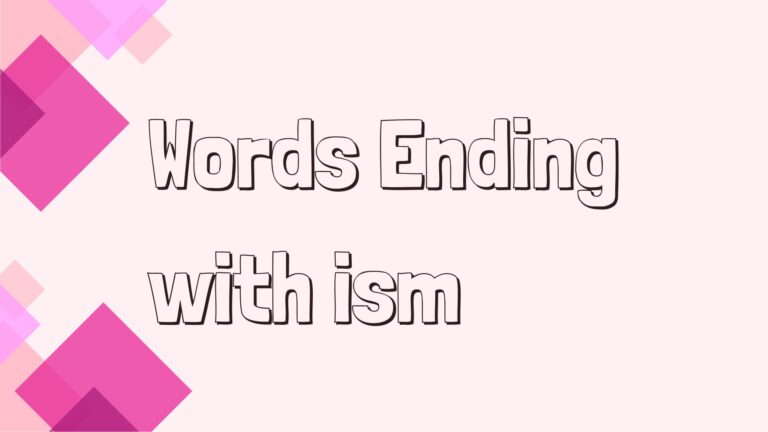Elegant Greetings: 20 Formal ways to say Hello
Greetings play a big role in conversations and first impressions. Using formal greetings can strengthen professional relationships and open doors to new opportunities. This article shares 20 formal ways to say hello, helping you make a lasting impression.
Introduction to Formal Greetings
Formal greetings show respect and set the mood for conversations. They differ across cultures and include specific phrases that recognize someone’s presence. In professional environments, good greetings show confidence and skill, making a strong impression.
Knowing these details helps build stronger connections and improves communication. Learning formal greetings boosts social skills, turning introductions into chances for meaningful interactions.
20 formal ways to say Hello
1. Good morning.
2. Good afternoon.
3. Good evening.
4. Greetings.
5. How do you do?
6. It’s a pleasure to meet you.
7. Pleased to meet you.
8. I hope you’re doing well.
9. I trust you’re having a productive day.
10. Its a privilege to speak with you.
11. Dear Sir/Madam,
12. To whom it may concern,
13. I hope this message finds you well.
14. Warm greetings.
15. I trust you are in good health.
16. Good day.
17. It’s good to see you.
18. I appreciate the opportunity to speak with you.
19. Hello, its an honor to meet you.
20. Allow me to introduce myself.
Tips for Using Formal Greetings
Adjust your greeting based on the situation and your relationship with the person. Use titles like “Dr.” or “Ms.” for those in higher positions to show respect.
In casual settings, simple greetings like “Hello” or “Good morning” are effective. Non-verbal signals, such as a firm handshake, a warm smile, and eye contact, add sincerity to your greeting. Being mindful of these factors helps build stronger connections and makes a lasting impression.
Difference between formal and informal greetings
Formal greetings are used in professional situations to show others that you have respect for them. While informal greetings are used for casual situations specially for friends.
Formal Greeting: Good morning, Good afternoon, Mr. John.
Informal Greeting: Hi, Hello, Morning.
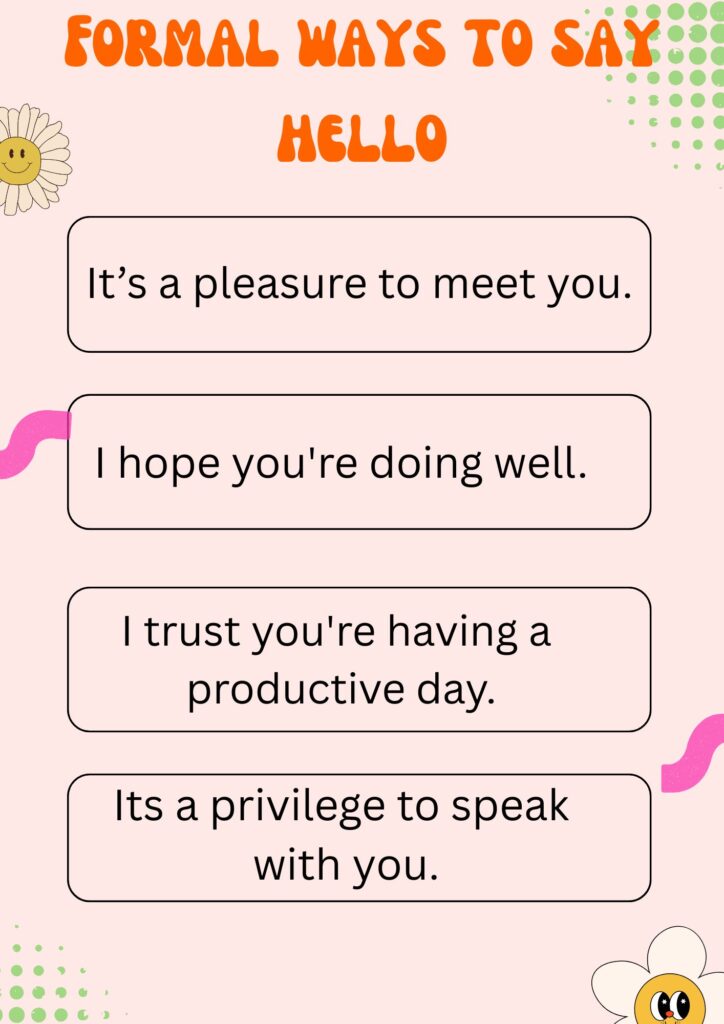
Is “Hello” considered a formal greeting?
“Hello” is generally neutral, not strictly formal or informal. It is widely accepted in both casual and semi-formal settings, but in highly professional or official contexts, phrases like “Good morning” or “How do you do?” may be more appropriate.
What’s the difference between “Pleased to meet you” and “It’s a pleasure to meet you”?
Both expressions are formal and polite. “It’s a pleasure to meet you” is slightly more formal and often used in professional settings, while “Pleased to meet you” is also polite but a bit more relaxed.
Are there cultural differences in using formal greetings?
Yes, cultural norms can influence what is considered formal. For example, bowing is a formal greeting in some Asian cultures, while handshakes are common in Western settings. It’s important to be aware of local customs when greeting someone from a different culture.
Is “How do you do?” still used today?
“How do you do?” is an old-fashioned but still acceptable formal greeting in British English, often used during first-time introductions. In modern use, it’s more common in ceremonial or very polite situations.
What is the most universally accepted formal greeting?
“Good morning,” “Good afternoon,” and “Good evening” are among the most universally accepted formal greetings across many cultures and languages. They are polite, time-appropriate, and suitable in almost every formal setting.

